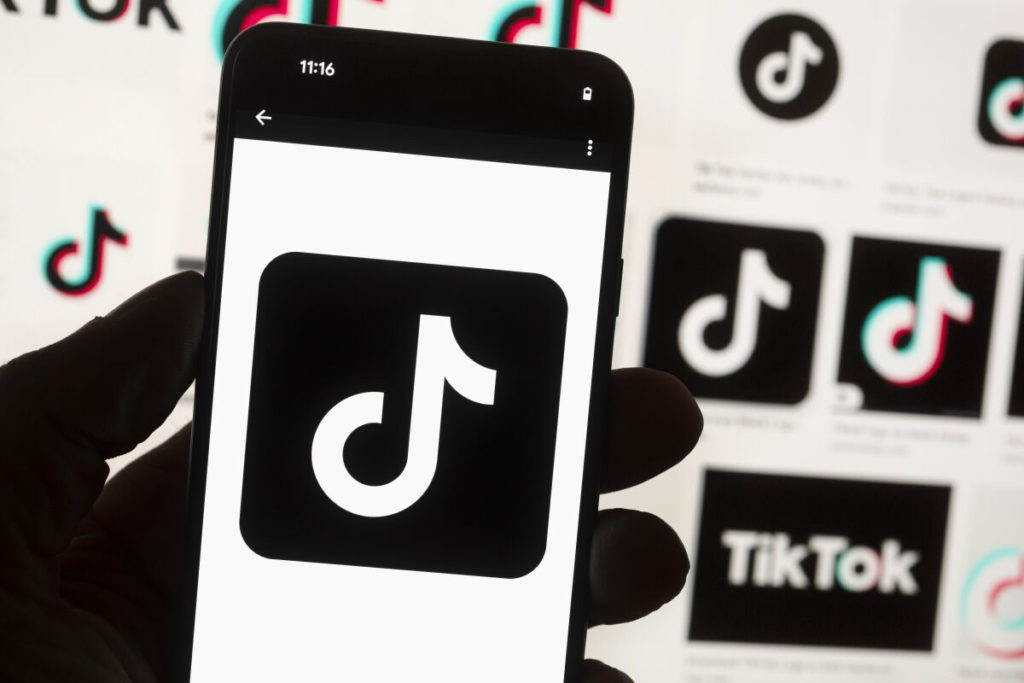The Rise of the ‘TikTok Electorate’ in Ghana
Ghana, the Heart of Africa, has long been celebrated for its stable political environment and progressive democratic governance. The nation’s commitment to conducting regular, peaceful presidential elections stands as a beacon for other developing countries seeking to strengthen their democratic institutions. In 2016, Ghana witnessed a notable presidential election that led to a power transfer. The New Patriotic Party (NPP), led by Nana Akufo-Addo, succeeded the National Democratic Congress (NDC), marking a pivotal shift in the nation’s political landscape. As the country gears up for the next presidential election in 2024, the track record of the ruling government and the competing policies and political agenda of the competing parties are capturing attention. But that which is also fascinating is the transformation of the electorate. An entirely new demographic will cast their votes in the forthcoming elections. The group comprised individuals aged between 10-17 during the 2016 elections who were ineligible to vote then but are now of voting age. This could dramatically change the face of the electorate. This change ushers in what I call the ‘TikTok Electorate’, signifying the influential role that social media platforms like TikTok play in shaping political perspectives among this young demographic. Alongside, Ghana’s Free Senior High School (Free SHS) policy, initiated in 2017, has significantly improved literacy rates among the youth (World Bank, 2021). As a result, this newly minted electorate is more educated and politically informed, making them a potent force that could shape the future of Ghana’s politics and national economy. The Rise of the New TikTok Electorate: A Generational Shift in Power In 2024, Ghana will witness a significant change in its electoral landscape. Young Ghanaians aged between 10 and 17 during the 2016 elections will exercise their right to vote for the first time. This group, aged between 18 and 25, represents a vital voting demographic that could reshape the country’s political discourse and outcomes. According to data from the Ghana Statistical Service, the under-15 population represented approximately 38% of Ghana’s total population in 2010 (Ghana Statistical Service, 2012). This indicates that a sizable number of young people, previously ineligible to vote, will have come of age by the 2024 elections. Their incorporation into the electorate represents a substantial demographic shift likely to have profound implications for the nation’s politics. Generation Z, as this cohort is often referred to, is characterised by unique attributes, attitudes, and experiences that distinguish them from their predecessors. They have been shaped by significant social, economic, and technological transformations. Most notably, they are digital natives, growing up with technology and social media, which shape their perceptions, communication, and interaction with the world. This emerging electorate is also expected to be more informed and engaged, thanks partly to increased accessibility to information through the internet and social media platforms. They have a wealth of information, knowledge, and perspectives on national and global issues, making them more aware and potentially more critical of political narratives and promises. However, it’s important to note that while this demographic shift presents an opportunity for political parties, it also poses unique challenges. To effectively engage with these first-time voters, parties must understand their values, aspirations, and concerns and demonstrate a commitment to addressing them in their political agenda. Failing to do so could risk alienation, indifference, or disillusionment among this crucial electorate. The ‘TikTok Electorate’: Harnessing the Power of Social Media As we dive deeper into the characteristics of Ghana’s new electorate, I would like to highlight the term I’d be using to capture this generational shift – the ‘TikTok Electorate’. This term refers to the group of first-time voters who are digital natives and are heavily influenced by social media platforms, including but not limited to TikTok. TikTok, a social media platform that allows users to create and share short videos, has gained immense popularity worldwide, especially among the younger generation. As of 2022, it had over 1 billion active users globally. TikTok’s influence extends beyond entertainment, with the platform becoming a formidable space for political discourse, information dissemination, and mobilisation. In countries like the United States of America, we’ve seen the power of TikTok as a political tool during the 2020 Presidential Elections. TikTok was used for sharing political opinions and organising mass political actions, such as sign-ups for campaign rallies. Social media use has changed how political campaigns are conducted, adding a new layer to the political process. In Ghana, the impact of TikTok and social media, in general, is still unfolding. However, with high smartphone penetration and increasing internet usage, these platforms will likely significantly influence the political landscape now or shortly. The emerging ‘TikTok Electorate’ will likely expect more from their political leaders and parties – greater transparency, engagement, and a genuine understanding of their issues and aspirations. The key for political parties is not just to adapt to this new medium but also to understand and respond to the changing dynamics of political engagement it brings. However, it’s important to note that while TikTok can be a potent tool for political mobilisation and engagement, it also has its pitfalls. Misinformation and political polarisation are notable concerns that must be addressed to ensure a healthy political discourse on these platforms. The Impact of Literacy Rates and Education: Fostering Political Engagement Another crucial factor to consider in Ghana’s changing political landscape is the implementation of the Free SHS (Senior High School) policy in 2017. This policy, aimed at eliminating financial barriers to education at the secondary level, has had significant implications on literacy rates in the country. According to the Ghana Statistical Service, literacy among 15-24 year-olds rose to almost 90% in 2020. The increase in literacy, spurred partly by the Free SHS policy, has opened avenues for young Ghanaians to be more informed and engaged with political processes. This change might well translate into an electorate that is larger and more discerning. Literature on political science emphasises that education and literacy rates can significantly influence political engagement and voting decisions. In the Ghanaian context, a
The Rise of the ‘TikTok Electorate’ in Ghana Read More »




